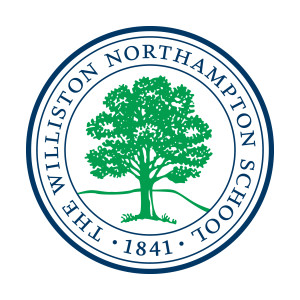The Polar What?
“It’s advertising for Frozen,” jokes junior Matt Steinberg about the recent bone-chillingly cold weather. Producing a layer of ice over sidewalks on which you could probably skate, the frigid temperatures of the past few weeks may felt like just that. After watching students slide across campus, junior Emily Peirent comments, “It was so icy that I realized that if anyone fell [while walking] I wouldn’t be able to help them up because I’d just fall, too!”
While this unseasonable weather may have been a convenient coincidence for Disney in the wake of the release of its latest animated musical, most people simply found it cold. Temperatures reached lows of 24 degrees below zero with a wind-chill of negative 46 degrees Fahrenheit in Fargo, North Dakota on January 6, and one degree Fahrenheit, with a wind-chill approaching negative 9 degrees, here in Easthampton on January 8. However, unlike in Frozen, there is a non-magical cause for this deep-freeze.
Most of us have probably heard the term “polar vortex” used recently. But what is it exactly?
A polar vortex, a winter-weather phenomenon, is essentially a mass of very cold air rotating in a counterclockwise direction. Although polar vortices usually form in Arctic regions and Canada, in early January a polar vortex formed that reached the United States, causing more than half the nation’s population to be placed under wind chill warnings or advisories.
Thousands of flights were canceled, especially those originating from airports in the Northeast and Midwest. The cold closed schools and caused power outages in the Deep South and froze Niagara Falls.
The unusual polar vortex loosened its grip after nearly a week, and actually left spring-like temperatures in its wake. The high temperature in Boston, Massachusetts on January 14 was 54 degrees Fahrenheit. And at Williston, it’s back to walking, rather than skating, to class.











